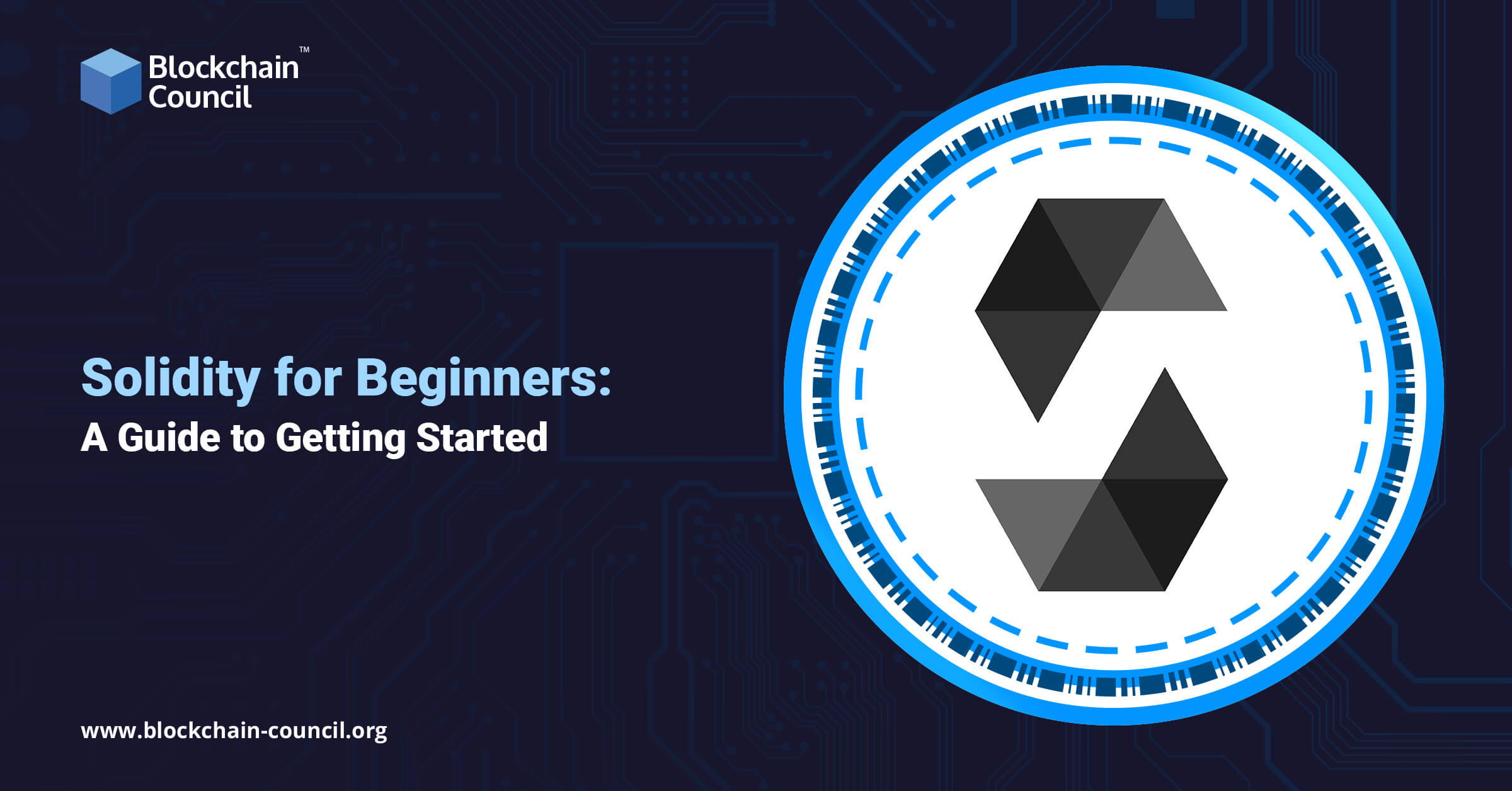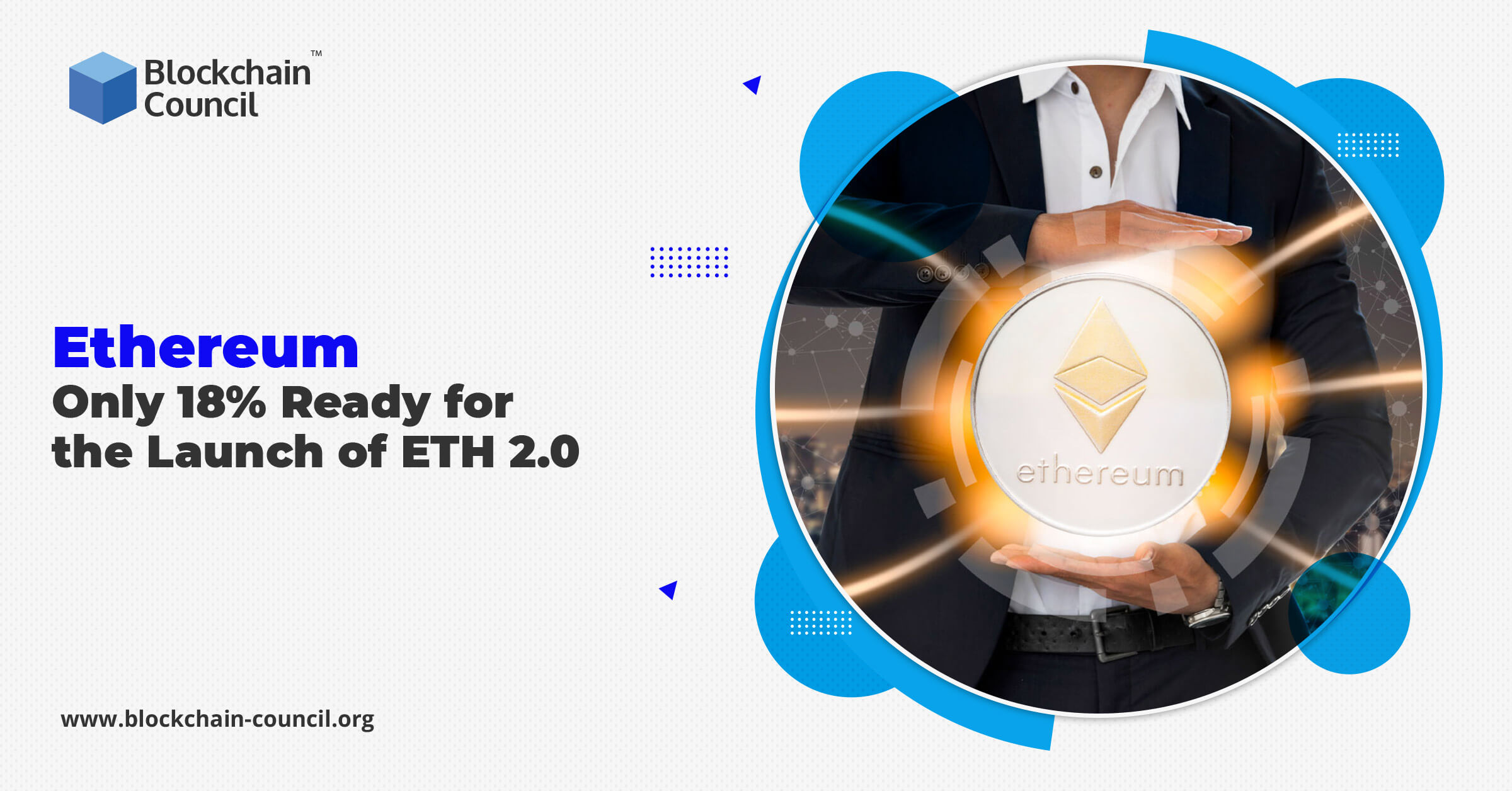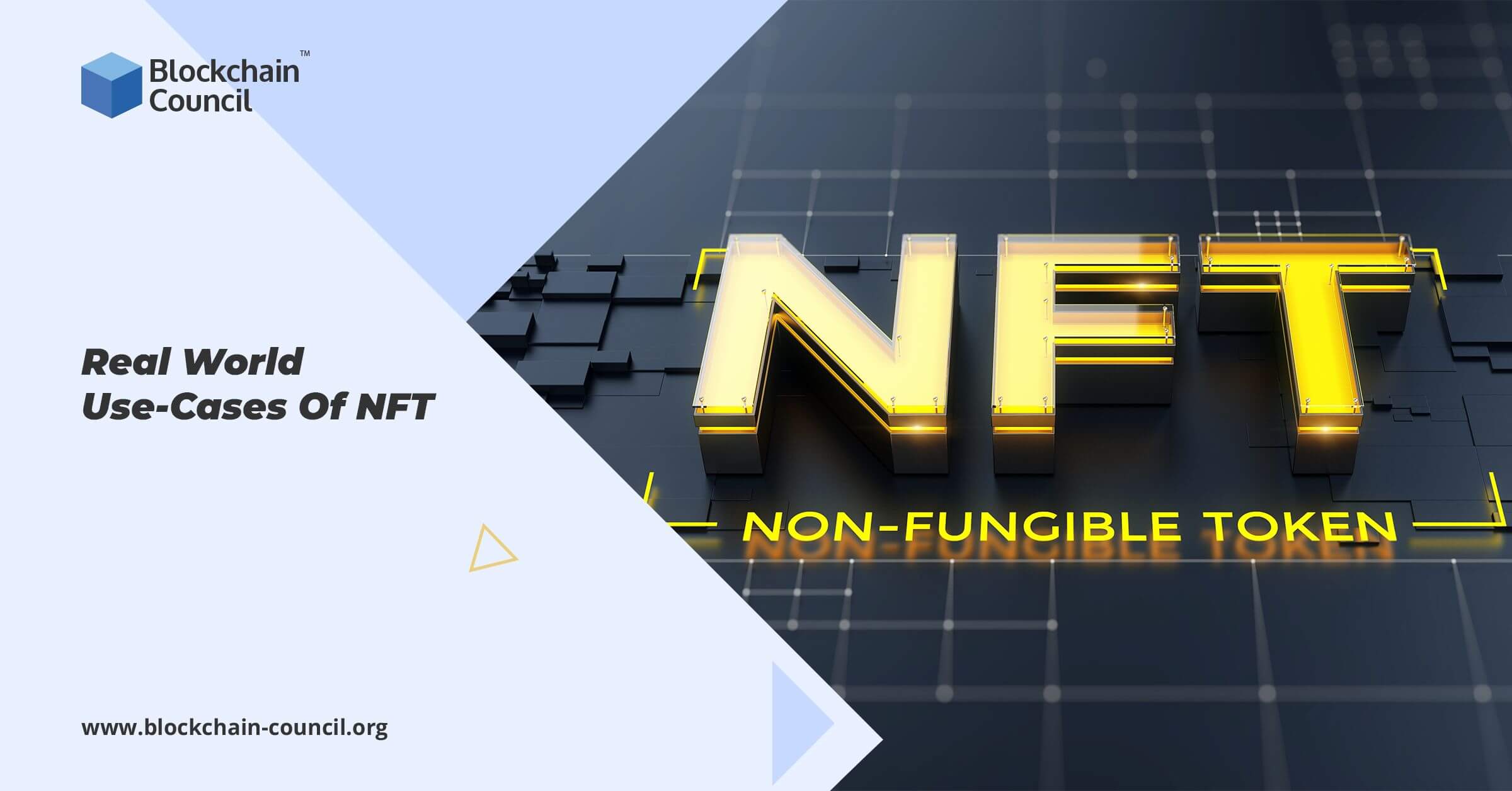
- Anshika Bhalla
- September 29, 2023
Solidity is a pristine programming language formulated explicitly for developing smart contracts for the Ethereum blockchain. The newly developed language has gained a significant role under Ethereum’s contracts framework that is of great importance in blockchain technology; in fact, you will be required to learn the language in order to code Ethereum Dapps (Decentralized Applications). The developers created this language with an aim to showcase the real potential of the system of smart contracts in the realm of digital exchanges.
This article will provide you with a detailed understanding of smart contract systems, solidity language, functionality, and solidity basics. These fundamentals will lend you basic knowledge about the subject to help you in getting started.
What Are Smart Contracts?
The term smart contracts have gained a ton of publicity since its formulation; it’s been at the center of attention just like other popular terms like AI (artificial intelligence), Machine Learning, Blockchain, etc. Smart contracts, also known as crypto-contracts, are automatic computer programs that empower currency tradings, digital asset exchanges, and other kinds of businesses. These exchanges are secured by a predefined set of rules summoned as a smart contract system. Thus, smart contracts not just guarantee that both the parties are adhering to the principles and regulations of the smart contract but also automatically implement the contract obligations.
What is Solidity?
Solidity is the principal programming language for assembling smart contracts utilized in the Ethereum blockchain. It is a contract-based language, which implies that smart contracts are liable for putting away the entirety of the programming reasoning on which the Ethereum blockchain runs. It is statically formulated to uphold essential elements like libraries, legacy and that’s just the beginning!
Solidity is an easy language purposely made for an oversimplified way to provide genuine solutions for the issues of real-world use cases. The language has been implemented on the Ethereum platform, a Virtual Machine carrying out the blockchain network to foster decentralized public records to make smart contract frameworks. This programming language has similar functions as JavaScript and C++. Moreover, the language upholds state factors such as value types, data types and programming capacities.
However, the language still deals with constant updates and modifications across the platform. Subsequently, an aspiring SOLIDITY DEVELOPER should be aware of the updates through forums of the Ethereum platform, chat rooms, and websites. Currently, Ethereum and Solidity are both going through visionary growth.
Solidity Basics for beginners
Solidity language supports the following general value types:
- Booleans: It returns a true or false value.
- Integers: The int/unit for both unsigned and signed integers are supported by Solidity.
- Address: An address can carry up to a 20-byte value.
- String Literals: String literals are depicted using either double or single quotes. They imply trailing value zeroes.
- Modifier: Modifiers ensure the fulfillment of the predefined conditions before code execution.
- Mappings: Mappings return values related to a given storage site.
These generic value types can be further integrated to develop complex data types.
How is the compiling and testing of smart contract done?
Once you have created a smart contract using Solidity on a local system, install an easy-to-use test environment that accepts simple Truffle commands. The compiler transforms the source code into the Ethereum Virtual Machine code, allowing you to test your code without needing to pay Ether coins.
An overview: Solidity flow of execution
The syntactical consonance of Solidity with another programming language, JavaScript, has extensively improved the system’s usability. As a beginner, you must have a clear idea of the execution process under a solidity programming language command:
The Ethereum format documentation draws out an instruction text size of 32-byte containing a stack and memory model. The EVM generates a program stack that monitors the registries under information storage and program counter. To keep a successive stream to control the program, the program counter loops/jumps.
Additionally, the virtual memory lends short memory for information distribution that is expandable to some degree compared to a permanent storage allowance provided by the nodes of the blockchain.
The aim of creating solidity language for Ethereum is to maintain the determinism and accuracy of smart contracts. The node executes programming tools and smart contracts within the connected blocks in the Ethereum for creating a new block.
This implies the code being executed is enrolled based on the sequence of the block.
While entering the new stage of the execution process, the program phase gets shifted to new storage exchanges. At first, these exchanges are performed at the miner’s location. After execution, the new block is dissipated to different working nodes within the blockchain.
To confirm the credibility of the framework of smart contracts, every node autonomously checks the block by correlating the state changes by using any local copy of the block. In cases where the state changes are deterministic, nodes of the blockchain accept the exchanges. Similarly, in a circumstance where the nodes could not reach an agreement, the execution of the block stops, and the network may end.
Closing Thoughts
Solidity is the language that has the power to develop the frameworks of contracts with robust functionality. Smart contracts have generated ample opportunities for further blockchain developments and multiple sectors of online business. Hopefully, you learned the fundamentals of solidity programming language to use while creating your smart contract.
Learn more about blockchain technology under the guidance of a highly qualified Ethereum expert at the BLOCKCHAIN COUNCIL.





































































 Guides
Guides News
News Blockchain
Blockchain Cryptocurrency
& Digital Assets
Cryptocurrency
& Digital Assets Web3
Web3 Metaverse & NFTs
Metaverse & NFTs
